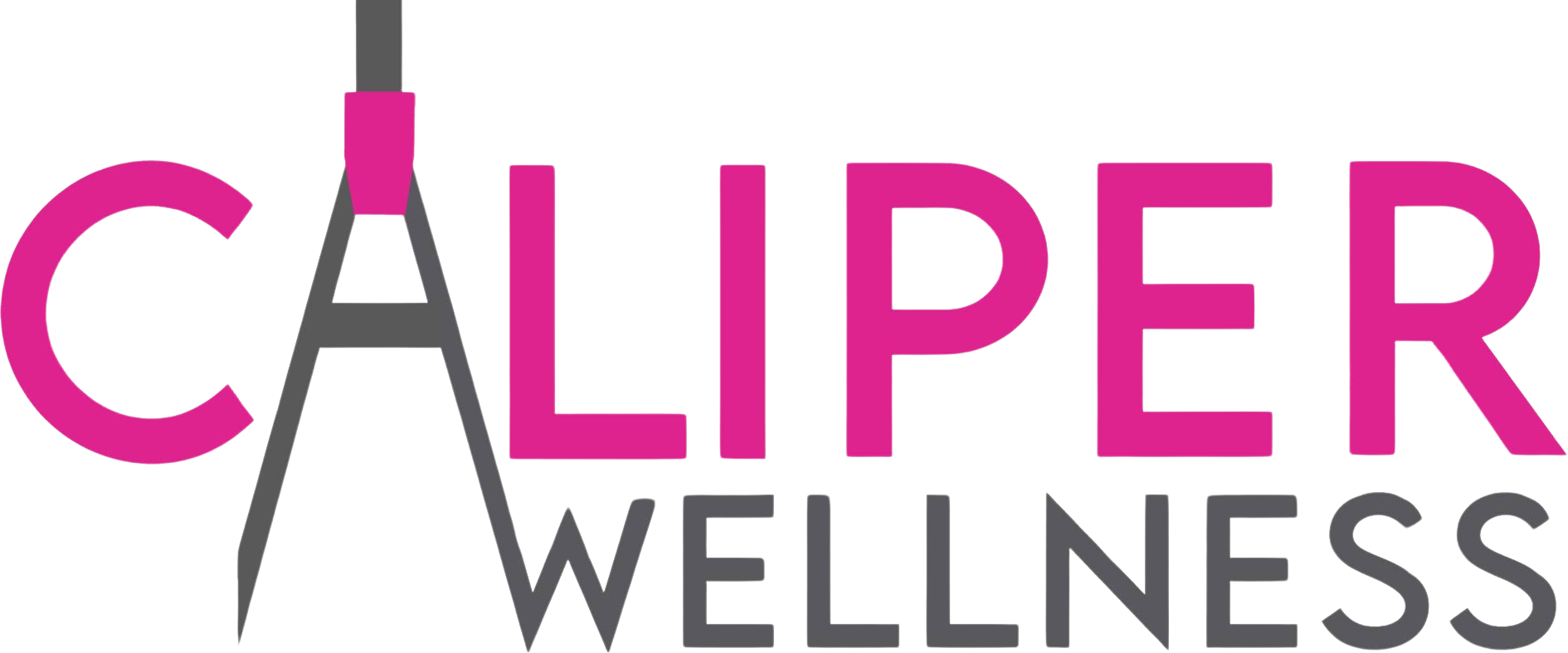By Haley McRaven, BSN
Abstract
Executive dysfunction—difficulty in planning, organizing, initiating, sustaining, and regulating goal-directed behavior—is a core aspect of attention-deficit/hyperactivity disorder (ADHD) for many people and contributes substantially to impairment across the lifespan. This paper reviews definitions and models of executive dysfunction in ADHD, summarizes how executive problems affect daily life (school, work, relationships, emotion, and safety), describes evidence-based pharmacological and psychosocial treatments that can improve executive functioning and related outcomes, and outlines practical assessment and management approaches clinicians and patients can use. The review emphasizes high-quality meta-analytic and guideline sources and highlights that combined treatment (medication plus psychosocial strategies) most consistently produces broad functional gains. (Keywords: executive dysfunction, executive function, ADHD, stimulants, CBT, behavioral interventions)
Introduction
Executive functions are a set of higher-order cognitive processes that enable people to plan, organize, inhibit impulses, manage time, shift attention, and regulate emotions and behavior toward goals (Barkley, 1997). In the context of ADHD, executive dysfunction frequently underlies the day-to-day difficulties that bring people to clinical attention and is strongly associated with poor academic, occupational, and psychosocial outcomes (Barkley, 1997; Tabiee et al., 2023). Understanding what executive dysfunction is, how it shows up in everyday life, and what treatments reliably reduce its impact is essential for clinicians, educators, and individuals living with ADHD.
What is executive dysfunction? Theoretical models and neurobiology
Executive functions (EF) commonly include working memory, inhibitory control, cognitive flexibility (set-shifting), planning/organization, and self-monitoring (Barkley, 1997). “Executive dysfunction” describes clinically meaningful impairments in these domains. Barkley’s influential model framed ADHD primarily as a disorder of behavioral inhibition and self-regulation that secondarily impairs other executive processes (Barkley, 1997). Subsequent work refines this view but still places EF deficits at the heart of ADHD for many patients (Tabiee et al., 2023).
Neurobiologically, EF relies on distributed frontal-striatal and frontoparietal circuits modulated by catecholaminergic neurotransmission (dopamine and norepinephrine) (Cortese et al., 2018; Nazarova et al., 2022). Differences in activity and connectivity in these networks are associated with impaired working memory, response inhibition, and attentional control in ADHD. These neurobiological findings provide a mechanistic rationale for why medications that increase catecholamine signaling often improve EF and core ADHD symptoms.
How executive dysfunction impacts daily life
Executive dysfunction contributes to functional impairment across multiple domains:
- Academic and occupational performance. Problems with planning, sustaining attention, organizing tasks, and time management often produce missed deadlines, incomplete work, poor note-taking, and underachievement relative to ability (Tabiee et al., 2023).
- Home and self-management. Executive deficits contribute to disorganization, difficulty following multi-step tasks (bills, household chores), forgetfulness, and inconsistent self-care (Mohamed et al., 2020).
- Relationships and social functioning. Impulsivity, poor listening, forgetfulness, and difficulty regulating emotions strain friendships and romantic relationships; partners often report frustration with unpredictability and unreliability (Mohamed et al., 2020).
- Emotional regulation and comorbidity. Executive dysfunction correlates with problems regulating emotions, higher rates of anxiety and depression, and increased stress reactivity, which in turn worsen functioning (Mohamed et al., 2020; Tourjman et al., 2022).
- Safety and life course outcomes. Persistent EF impairments are linked to greater driving risk, occupational instability, and long-term socioeconomic impact if untreated (Tabiee et al., 2023).
These functional consequences help explain why treatment that reduces EF impairment can meaningfully improve quality of life beyond symptom counts.
Assessment of executive dysfunction in clinical settings
Assessing EF requires both standardized tests and ecologically valid measures. Neuropsychological tests (e.g., continuous performance tasks, working memory tests, Trail Making Test) measure discrete EF components but may under-represent real-world problems. Rating scales (e.g., Behavior Rating Inventory of Executive Function—Adult/Child versions, Barkley Deficits in Executive Functioning Scale) and structured clinical interviews capture everyday executive challenges and often predict functional outcomes better than lab tests (Tabiee et al., 2023). Comprehensive assessment integrates developmental history, collateral reports (parents, partners, teachers), and functional impairment across settings (NICE, 2018).
Pharmacological treatments that improve executive functioning in ADHD
Medications that are effective for ADHD generally improve attention, impulse control, and many EF-related problems. Major medication classes include stimulants and several nonstimulant options; comparative efficacy and tolerability have been evaluated in systematic reviews and network meta-analyses (Cortese et al., 2018; Nazarova et al., 2022).
- Psychostimulants (methylphenidate, amphetamine-based preparations). These are first-line pharmacotherapy for most children, adolescents, and adults with ADHD and produce the largest effect sizes for core symptoms and many EF measures (Cortese et al., 2018; Nazarova et al., 2022). Stimulants enhance catecholamine transmission in prefrontal circuits, improving working memory, sustained attention, and inhibitory control. Response must be individualized by formulation, dose, and side-effect profile.
- Atomoxetine. A selective norepinephrine reuptake inhibitor, atomoxetine is an effective nonstimulant alternative that can improve attention and some executive processes; it is especially useful when stimulants are contraindicated or poorly tolerated (Cortese et al., 2018).
- Alpha-2 agonists (guanfacine, clonidine). These agents, particularly extended-release guanfacine, are used as monotherapy or adjuncts and can modestly improve attention and impulsivity; they may be especially helpful for hyperactivity/impulsivity and comorbid sleep or tics (NICE, 2018; Nazarova et al., 2022).
- Other agents. Bupropion and certain antidepressants have shown mixed evidence; they are sometimes used off-label in adults with comorbid mood symptoms (Cortese et al., 2018).
Meta-analytic evidence and clinical guidelines consistently support stimulants as the most effective medication class for reducing core ADHD symptoms and improving EF in the short term; long-term and functional outcomes benefit most when medication is combined with psychosocial interventions (Cortese et al., 2018; CDC, 2024).
Psychosocial and behavioral treatments for executive dysfunction
Medication helps neurocognitive capacity, but translating this into improved real-world functioning usually requires structured psychosocial strategies:
- Cognitive-behavioral therapy (CBT) and adult ADHD coaching. CBT for adult ADHD focuses on organizational skills, time management, problem solving, and cognitive restructuring; randomized and uncontrolled studies show benefit for symptom severity and functioning when added to medication or as stand-alone care for some patients (Tourjman et al., 2022). ADHD coaching emphasizes skill practice, accountability, and environmental modification and can produce measurable functional gains.
- Parent training and behavioral management (children). For young children, parent training in behavior management is recommended as first-line treatment before medication and demonstrates durable improvements in behavior and family functioning (CDC, 2024; Doffer et al., 2023).
- School-based and metacognitive training. Interventions that teach organizational systems, study skills, and metacognitive strategies (e.g., breaking assignments into steps, planners, visual schedules) reduce academic impairment (Tourjman et al., 2022).
- Occupational therapy and skills-based coaching. Occupational therapists can help design compensatory strategies for daily living and workplace accommodations tailored to the individual.
- Combined treatments. Guidelines and systematic reviews highlight that combined medication plus psychosocial intervention yields the broadest improvements across symptom domains and daily functioning (NICE, 2018; CDC, 2024; Tourjman et al., 2022).
Psychoeducation, environmental structuring (cueing, minimizing distractions), and assistive technologies (apps, reminders, timers) are low-risk adjuncts that often improve adherence and daily outcomes.
Evidence summary and guideline recommendations
Major clinical guidelines (NICE, CDC) and systematic reviews converge on several points: (1) executive dysfunction is a common and impairing component of ADHD; (2) stimulant medications are first-line pharmacotherapy for many patients and produce the largest symptom improvements; (3) psychosocial approaches (CBT, parent training, school interventions, coaching) are important for translating symptom reduction into functional gains; and (4) treatment should be individualized, monitored, and combined when needed (Cortese et al., 2018; NICE, 2018; CDC, 2024; Tourjman et al., 2022).
Practical clinical and self-management strategies
Clinicians and patients can use concrete strategies to reduce the burden of executive dysfunction:
- Environmental structuring. Reduce distractions, create consistent routines, use external cues (alarms, visible checklists).
- Task-break strategies. Break complex tasks into smaller, timed segments (Pomodoro technique), and use written step lists.
- External memory aids. Calendars, smartphone reminders, and shared schedules for household tasks.
- Skill training. Explicit instruction in planning, prioritization, and time estimation (often delivered in CBT or coaching).
- Medication optimization. When medication is used, match formulation to daily demands (e.g., longer-acting formulations for full-day coverage) and actively monitor benefits and side effects.
- Workplace/school accommodations. Extra time, quiet testing environments, written instructions, and flexible deadlines when appropriate.
- Address comorbidities. Treating coexisting anxiety, depression, sleep disorders, or substance use is often necessary to improve EF and overall functioning.
These strategies are complementary to formal treatments and are supported in guideline recommendations and empirical studies showing improved daily functioning (NICE, 2018; CDC, 2024).
Limitations, unanswered questions, and future directions
Several gaps remain. Neuropsychological tests do not fully capture real-world dysfunction, and more ecologically valid assessment tools are needed (Tabiee et al., 2023). Long-term comparative effectiveness research on different medication classes and combined psychosocial strategies is still developing. Finally, individualized approaches that incorporate patient preference, comorbidities, developmental stage, and social determinants of health will be critical to maximize outcomes.
Conclusion
Executive dysfunction is a central and often disabling component of ADHD that impacts academic, occupational, social, and emotional functioning. Strong evidence based studies show that stimulant medications, certain nonstimulants, and psychosocial interventions (CBT, parent training, coaching, school supports) each play important roles in improving executive processes and day-to-day functioning. Best outcomes are achieved through comprehensive assessment, shared decision-making, medication when indicated, and structured psychosocial and environmental supports targeted to the person’s specific executive deficits and life goals. At Caliper Wellness, we provide personalized ADHD treatment tailored to your individual symptoms, needs, and goals. We understand that each person’s experience with ADHD is unique, which is why we take the time to listen to your concerns and collaborate with you to create a customized treatment plan. Our goal is to help you reach your full potential and improve your quality of life. Schedule your evaluation today and take the first step toward a more focused, balanced, and fulfilling life.
References
Barkley, R. A. (1997). Behavioral inhibition, sustained attention, and executive functions: Constructing a unifying theory of ADHD. Psychological Bulletin, 121(1), 65–94. https://doi.org/10.1037/0033-2909.121.1.65
Cortese, S., Adamo, N., Del Giovane, C., Mohr-Jensen, C., Hayes, A. J., Carucci, S., Atkinson, L. Z., Tessari, F., Ippoliti, F., & Cipriani, A. (2018). Comparative efficacy and tolerability of medications for attention-deficit hyperactivity disorder in children, adolescents, and adults: A systematic review and network meta-analysis. The Lancet Psychiatry, 5(9), 727–739. https://doi.org/10.1016/S2215-0366(18)30269-4
Doffer, D. P. A., et al. (2023). Sustained improvements by behavioural parent training for children’s ADHD symptoms and behavioural problems. Journal of Child Psychology and Psychiatry. (See: Doffer et al., 2023). Retrieved from https://www.ncbi.nlm.nih.gov/pmc/articles/PMC10501699/
Mohamed, S. M. H., et al. (2020). Executive and daily life functioning influence the relationship between ADHD and mood symptoms in university students. [Article]. Retrieved from https://www.ncbi.nlm.nih.gov/pmc/articles/PMC8404724/
Nazarova, V. A., et al. (2022). Treatment of ADHD: Drugs, psychological therapies and other approaches. Neuroscience & Biobehavioral Reviews. Retrieved from https://www.ncbi.nlm.nih.gov/pmc/articles/PMC9713849/
National Institute for Health and Care Excellence (NICE). (2018). Attention deficit hyperactivity disorder: Diagnosis and management (NICE guideline NG87). Retrieved October 2025, from https://www.nice.org.uk/guidance/ng87
Tabiee, M., et al. (2023). Comparing executive functions in children with attention-deficit/hyperactivity disorder. [Article]. Retrieved from https://www.ncbi.nlm.nih.gov/pmc/articles/PMC10097152/
Tourjman, V., et al. (2022). Psychosocial interventions for attention-deficit/hyperactivity disorder: A systematic review. [Article]. Retrieved from https://www.ncbi.nlm.nih.gov/pmc/articles/PMC9406006/
U.S. Centers for Disease Control and Prevention (CDC). (2024). Treatment of ADHD. Retrieved 2024 from https://www.cdc.gov/adhd/treatment/index.html
U.S. National Institute of Mental Health (NIMH). (2024). Attention-Deficit/Hyperactivity Disorder: What You Need to Know. Retrieved from https://www.nimh.nih.gov/health/publications/attention-deficit-hyperactivity-disorder-what-you-need-to-know

